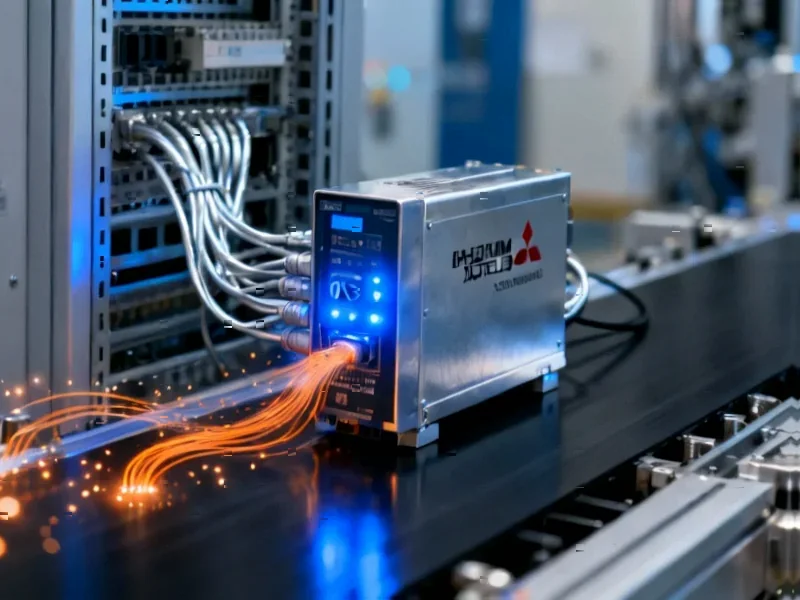According to Manufacturing AUTOMATION, PROFIBUS and PROFINET International (PI), AIM-D e.V., and the OPC Foundation announced on November 4, 2025 that they’re establishing a common language for spatial intelligence in industrial systems. The organizations have created the OPC UA Companion Specification for Identification and Locating, which harmonizes spatial data models for absolute positioning. This new specification enables unified global positioning of assets across both physical and digital environments. The standard is now freely available on the OPC Foundation’s website and represents what they’re calling a milestone for industrial intelligence evolution. Matthias Jöst, committee leader omlox at PI, explained that machines need unified spatial understanding for coordinated interaction between stationary equipment and mobile robots.
Why factory GPS changes everything
Here’s the thing about industrial automation – everyone’s been building their own positioning systems. Different robots from different manufacturers, various tracking systems, all speaking different location languages. It’s like trying to coordinate a dance where half the dancers are using feet and inches while others use meters. This new specification basically creates a universal translator for spatial data.
And that’s huge for what’s coming next. We’re talking about factories where autonomous mobile robots don’t just follow pre-programmed paths but actually understand their position relative to everything else. They can dynamically reroute around obstacles, coordinate handoffs between stations, and essentially think spatially rather than just following scripts.
The physical AI revolution is here
This isn’t just about making existing systems slightly more efficient. We’re looking at the foundation for what they’re calling “Physical AI” – where the digital and physical worlds truly merge in industrial settings. When machines share a common understanding of space, you enable self-organizing production environments that can adapt in real-time.
Think about supply chain resilience too. If every asset in a warehouse or factory knows exactly where everything else is, you eliminate so much friction. No more lost inventory, no more robots waiting for clearance because they can’t communicate position data effectively. The entire system becomes more responsive and, frankly, more intelligent.
But here’s my question – will manufacturers actually adopt this quickly enough? Standards are great, but implementation is where the rubber meets the road. If major industrial players get behind this, we could see a fundamental shift in how factories operate within the next few years. If not? Well, we’ll just have more standards collecting digital dust.




